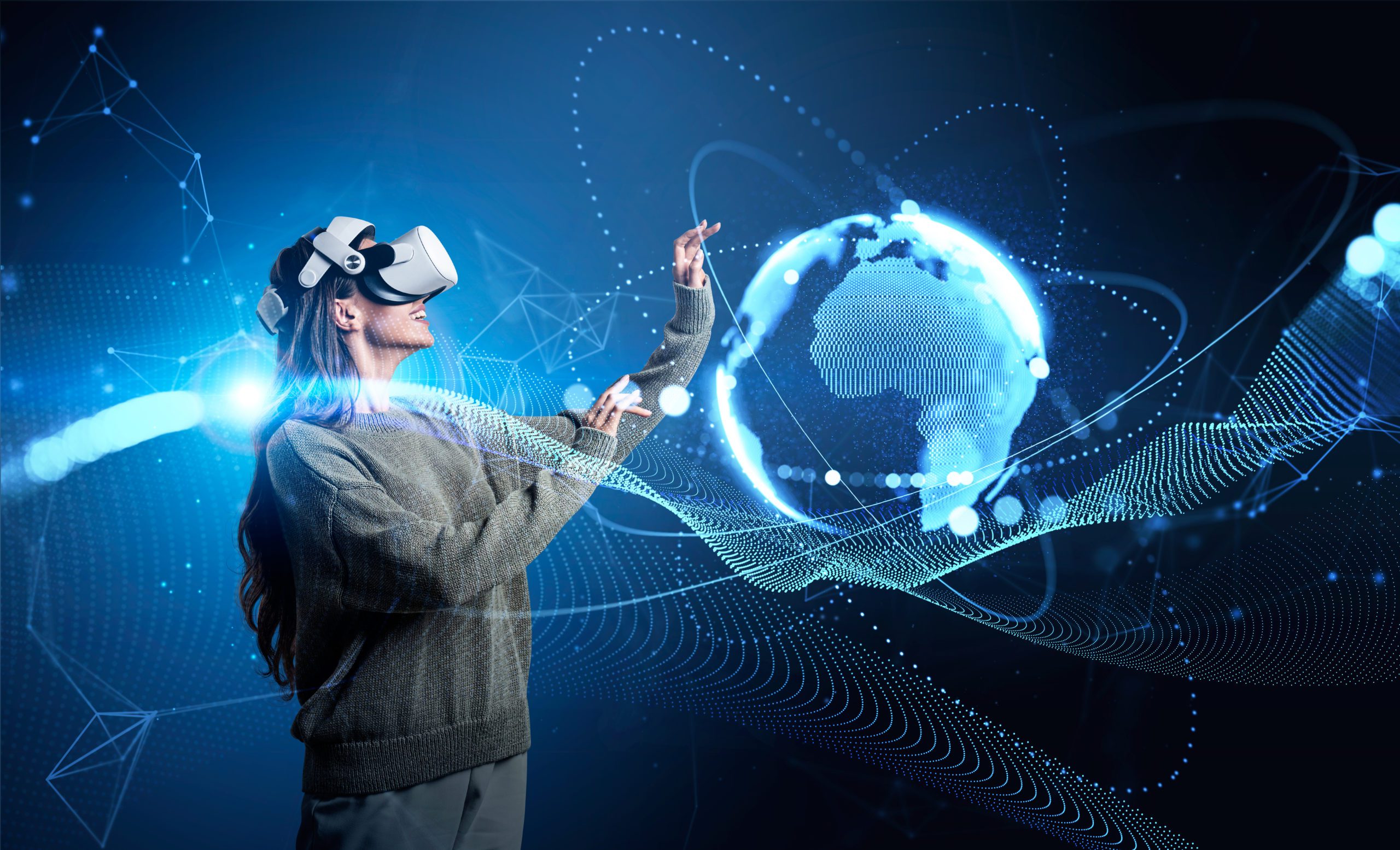The metaverse has captured significant attention in recent years. Indeed, this immersive digital realm has inspired us to transcend physical limitations and explore new experiential opportunities. From Virtual Reality (VR) and Augmented Reality (AR) gaming to virtual concerts, the metaverse provides unique and interactive experiences that cater to individual preferences and interests and can be fully customizable. However, while consumer applications have been at the forefront, it is the industrial metaverse that holds the potential for delivering the most tangible and transformative results. In fact, industrial applications of this emerging technology are already exceeding expectations. Eighty percent of early adopters say it will have a significant or even transformative impact on their business.
The question is: What value can the industrial metaverse bring and what role can the telecoms industry play in unlocking it?
Fulfilling business critical objectives
Through the integration of emerging technologies such as VR/AR, Artificial Intelligence (AI), advanced networking and cloud computing, the metaverse is transforming key industries and is indispensable for modeling digital twins, interpreting data, creating realistic environments, running simulation scenarios and making predictions. The deployment of the metaverse brings about business-critical benefits, including sustainability improvements, increased productivity and enhanced safety.
Amid growing climate change concerns, the industrial metaverse presents a unique opportunity to significantly decrease industrial carbon footprints. For example, it enables virtual simulations and digital models, thus reducing the need for physical prototypes and minimizing waste in industrial goods and manufacturing sectors. 61% of early industrial metaverse adopters cite sustainability as the top benefit of Extended Reality (XR) technologies — user testing in XR prior to production can limit waste and time lost compared to catching problems in physical testing or once goods reach production. Further sustainability benefits are often achieved through greater automation and the use of operational robots; 74% of users of such technologies cite sustainability as the key benefit, with the biggest existing and planned adoption observed among the transportation, supply chain and logistics sectors.
Similarly, the industrial metaverse streamlines operations and enhances efficiency. Cost-cutting is high on the agenda as business leaders respond to the challenging macroeconomic environment. Investments in technology can be overlooked as a means to improve efficiencies due to associated implementation and integration costs. However, it is evident that technologies such as AR can help businesses optimize operations. Across use cases, early metaverse adopters report benefits more often than companies still in the planning phase, with CAPEX reduction showing the largest difference. Looking at industrial use cases, more than two thirds of businesses using autonomous and remote-controlled maintenance robotics and visualized predictive maintenance cite CAPEX reduction and process efficiency as the top benefits.
When it comes to safety, the industrial metaverse can provide critical training experiences and risk assessments. Gone are the days of the training video in the staff room — workers can now experience virtual simulations of hazardous scenarios, practice emergency responses and enhance safety measures. Safety improvement is seen as the third most important benefit of industrial metaverse applications, particularly in the context of XR hands-on training where 59% of users cite safety improvement as an outcome.
Harnessing the exponential potential of networks to power the industrial metaverse
The transformative potential of the metaverse is enormous and offers an opportunity to revolutionize industries. It already has done so to a certain extent; yet to harness its full potential, the metaverse will impose new network demands to provide the capacity and capabilities necessary to handle the vast amounts of real-time data exchange, low latency requirements and seamless connectivity required for the metaverse to function at scale. To pave the way for a sustainable, productive and safe future, telecom network architectures need to evolve.
Network connectivity is seen as one of the most important technical enablers for the metaverse use cases. The industrial metaverse is an extension of Industry 4.0, and those who have already implemented mission-critical communication networks for Industry 4.0 are now well placed to experience the benefits brought by the metaverse.
However, high-performance connectivity will be critical for enabling the next generation metaverse experience. Future networks must be developed and deployed to make connectivity more consumable, adaptable and autonomous. Communication service providers (CSPs) will need highly responsive networks that can be tailored to meet the demands of specific industries. The qualities of traditional networking architectures will be required to integrate with the flexibility and scalability of the cloud. In this context, automation is key.
The next decade will herald profound change in network technologies. Previously unseen capacity and scale will be needed to meet the growing demands of the metaverse and will test the limits of existing network infrastructures. Networks of the future will sense, think and act, and to enable innovation, we need to embed features focusing on sustainability and efficiency, security and privacy, resilience and agility.
Harnessing the exponential potential of networks will be the driving force behind the industrial metaverse. Without the network, there will be no metaverse.
*All statistics are from EY and Nokia’s recent The Metaverse at work study

